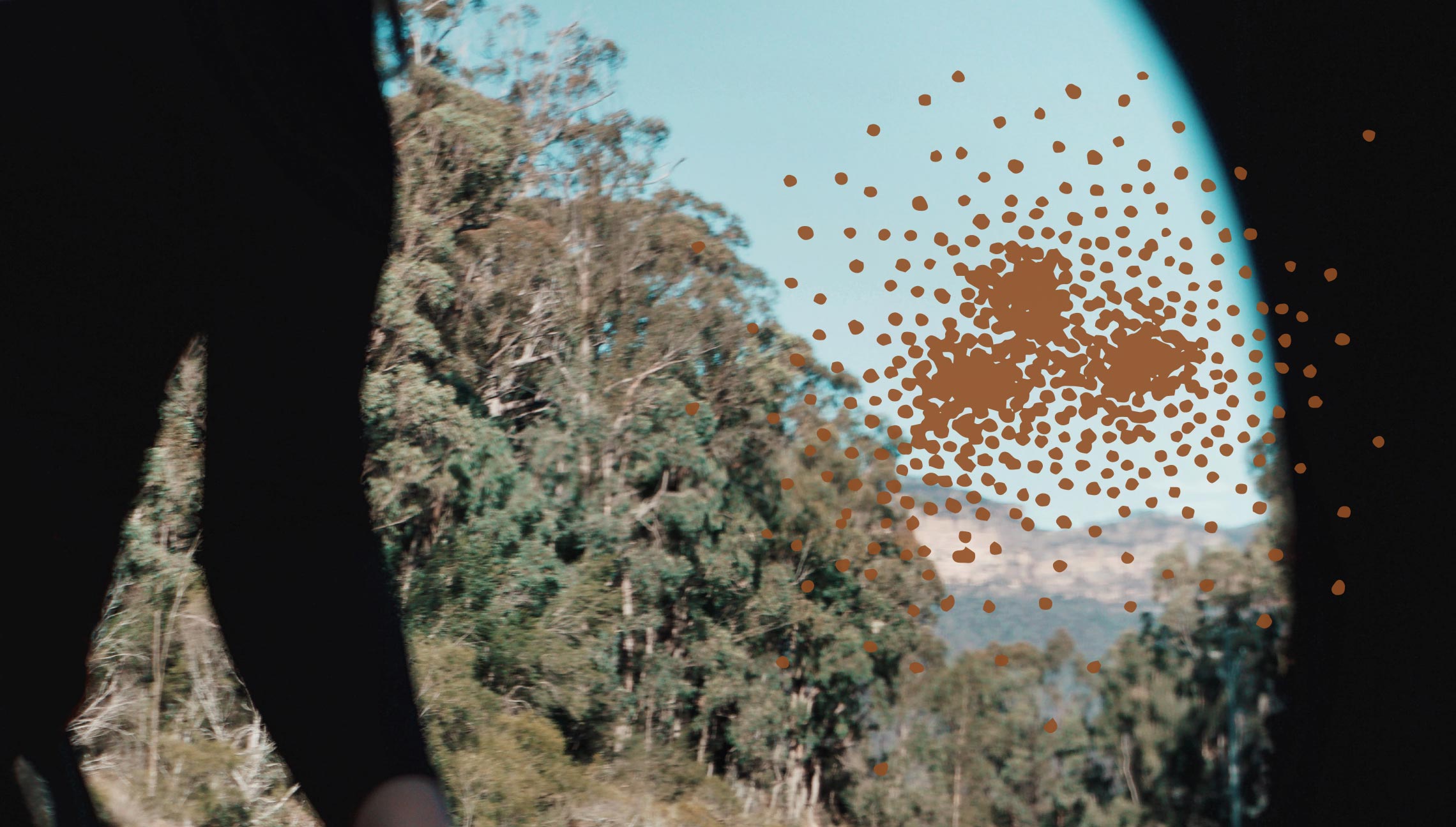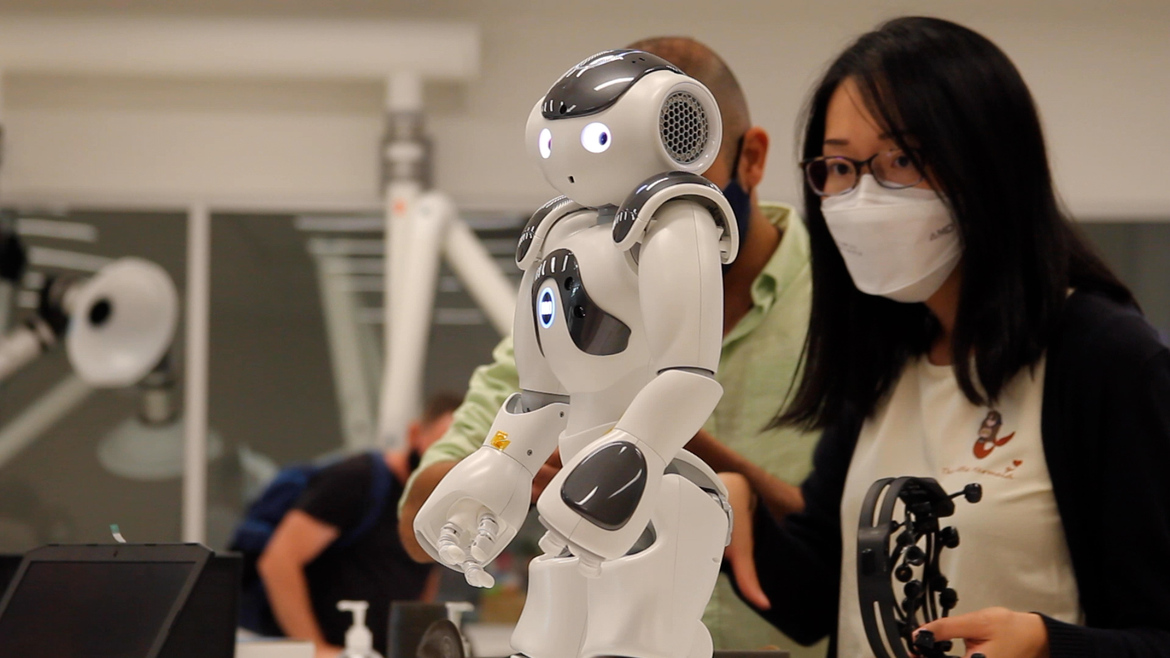When ABC News published in June a story about a Canberra café that started using autonomous robot waiters, the comment section on social media was filled with many negative reactions.
Some were concerned the robots were taking away jobs from humans; others were apprehensive about interacting with robots. There were also concerns about data privacy.
“All these questions give people another level of uncertainty which prevents them from appreciating this innovation,” said cybernetics researcher Xuanying Zhu whose interests include the interactions between robots and humans.
“To tackle this problem, it is important to start asking questions about the safety, sustainability and responsibility of robots and smart systems before designing, implementing and deploying them for public use.” Cyber-physical systems are those that integrate computation, sensors and actuators or control over a mechanism.
In her research, Zhu is particularly interested in understanding how people interact with machines such as computers and robots, and in exploring ways to help people enjoy the interactions.
“When we are under different emotions, our body will respond reactively. For example, happiness will slow down our heartbeat, while stress will make our hearts beat faster. Using these body reactions, I can understand whether people enjoy or hate their interactions with computers and robots so that I can find out ways to improve their experience.”
The research she co-authored on investigating people’s impressions and emotions when they interact with a robot that takes initiative—displaying active behaviours such as initiating a greeting to people—was accepted to the prestigious ACM CHI Conference on Human Factors in Computing Systems held from April 30 to May 5 in the US.
We sat down with Zhu to chat about improving human’s interaction with, and acceptance of, robots.
It is important to start asking questions about the safety, sustainability and responsibility of robots and smart systems before designing, implementing and deploying them for public use.
Editor: What made you choose this career path?
Zhu: As a child, I have been fascinated by technology, psychology and medical studies. I have also wanted to become a doctor or a veterinarian as I like to take care of people and animals and look after their health and wellbeing. I’m also a personality type who is interested in enhancing human wellbeing and happiness. So, I have been looking for a career path that would allow me to combine everything.
When I came to ANU to study for my master’s degree, I met my supervisor who combines psychology, medicine and computer science into his research topics. I found it fascinating. So, I did a research project with him to explore how physiological signals can be used to manage real-time and I found myself excited almost every day, despite the failures of sensors, the bugs of code and the down moments when some of my ideas did not work. I was so interested in this field that although I was working as a software engineer after getting my master’s degree, I decided to quit my job to pursue a PhD in this field.
The inclusion of your research in the ACM CHI Conference 2022 is such a big deal. How did you feel when you knew about your participation? What does this mean to you?
I felt so excited when one of my co-authors messaged me about the acceptance. It is my first time submitting a paper to the ACM CHI Conference. Together with my co-authors, we have put in a lot of effort and time to make this happen. We are really glad that its contribution is being recognised and can be shared with the attendees at the conference.
Describe the research you presented at the conference.
With my co-authors, we are interested in understanding how robots should behave and interact with humans. One aspect that we looked at was robots’ initiative-taking behaviours as an aspect of autonomy in robots. To explore this, we conducted a user study to investigate people’s impressions and emotions when they interact with a robot that takes initiative (e.g. by displaying active behaviours such as initiating a greeting to people). We asked participants to fill in surveys to reflect on their impressions, and we also collected participants’ physiological signals as a proxy to infer their emotions.
We found that the participants overall had a better impression and a higher emotional state when the robot took initiative. We also found that if we want people to take more notice that the robot is taking initiative, we may want to design the robot’s behaviour so that it first shows passive behaviour, which the participants perceived as more friendly, before showing active behaviour.
A robot’s passive behaviour means that the robot would not have autonomy to take actions. It would only wait for humans to give an instruction, or to initiate a greeting, and then react to humans’ responses.
What is the inspiration behind the research? Talk us through the collaboration that happened between the researchers involved.
This research was started by a student Wan Zhu who was interested in understanding people’s reactions to robots. Wan was being supervised by Computer Science Lecturer Priscilla Kan John and Prof Tom Gedeon, who’s also my PhD supervisor. I was then invited to join them to provide advice and technical analysis on understanding participants’ emotions and corresponding physiological reactions during the interactions.
Priscilla and I then converted Wan’s Master’s thesis into an academic paper which was accepted at the ACM CHI Conference.
How was your presentation? Was there an interesting question and/or provocation that left a lasting impression on you?
My presentation at the ACM CHI was a pre-recorded video, where Priscilla and I were interchangeably presenting our research findings. This video was uploaded to the conference platform and YouTube for audiences to watch. We had one interesting comment added to the YouTube video about what physiological data can be used as feedback to train robots in a particular way that is preferred by human physiology. This is a very interesting idea and concept that fits nicely with what cybernetics is looking at— the role of humans in the loop, and the feedback loop that involves humans, not just their conscious thinking, but also their instinct body signals. This idea also helps my co-authors and I shape our next research question.
How does your research intersect with cybernetics?
To me, cybernetics is about the relationship between humans, technology and the environment, and how the three components affect each other. Our research aims to understand how people perceive and feel about a piece of technology (a robot) that has been put in a social context (environment). We found that while people overall enjoy interacting with a robot that takes initiative, they would still prefer to have some level of autonomy. Using this finding, we can further draw cybernetic suggestions around how we can build a smart cybernetic system that is reliable, responsible and sustainable for both humans and the environment, which is a key concept taught in the School of Cybernetics.
What do you think is your research’s biggest contribution?
We hope this research can provide suggestions on how we can design smart systems such as robots, especially in a social context, to make sure they are reliable, responsible and sustainable for both humans and the environment. Using our example, the Canberra café, I hope that through my research, customers can feel safter and more comfortable when interacting with robot waiters. MP

